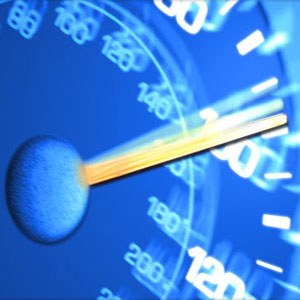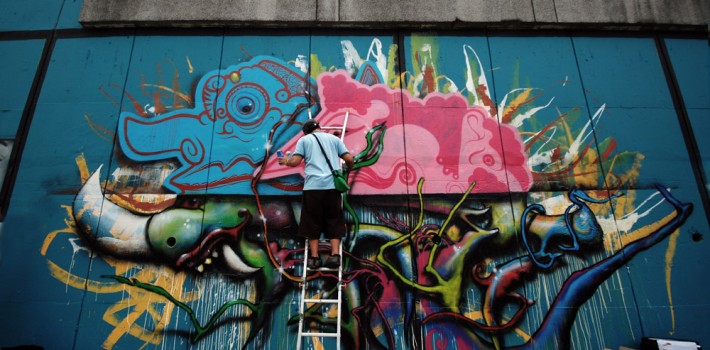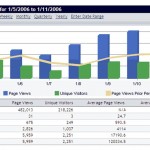 We don’t have the fastest internet connection in our office – its a 3 MBit/s DSL service. For some reason, even though Santa Monica has Verizon’s FIOS fiber-to-the-building service everywhere, our street somehow missed out. Now – whoever heard of the phone company making a mistake like that? (Don’t answer that!)
We don’t have the fastest internet connection in our office – its a 3 MBit/s DSL service. For some reason, even though Santa Monica has Verizon’s FIOS fiber-to-the-building service everywhere, our street somehow missed out. Now – whoever heard of the phone company making a mistake like that? (Don’t answer that!)
Well – 3 MBit/s is actually OK and we rarely have problems. But many people still have much slower connections, including users of wireless mobile devices. Even though those TV ads for 3G wireless networks are compelling and will probably get you to purchase an iPhone or a Blackberry, the fact is that they are still much slower than most fixed network home or office connections.
It’s important to bear those users in mind when you are creating or improving your artist website. Some of your visitors may be on wireless connections, and lets not forget that a substantial number of web-surfers in rural locations and developing nations are still on dial-up service. So if your website is inefficient in its use of code or images, or if it sources live content from multiple locations (ads, image libraries, off-site video, etc), you may be making life difficult for some of your potential fans.
Even really large commercial sites suffer from this. I scan the New York Times online most mornings and sometimes it is incredibly frustrating waiting for the pages to load – the problem is that it is pulling content from multiple online locations, especially advertising. Sometimes I get impatient and leave. Now, they can probably afford to do that because they know I will probably come back later. YOU, on the other hand, can not assume that luxury with your artist website!
I could spend the next day researching and writing a great article on this topic – but someone beat me to it! Christian Hellman over at Smashing Magazine has just posted an excellent article on this topic:
Website Performance: What To Know And What You Can Do
You might find some of it a bit technical but the overall concepts will help you understand how your artist website performance can be improved. Christian’s article also introduces some great free tools to help you evaluate your website’s performance – YSlow from Yahoo and Page Speed from Google. “Page Speed” actually looks at your website code and makes recommendations about how to performance enhance it.
Jacob Gube over at Six Revisions also posted an excellent article on this topic in 2008:
10 Ways To Improve Your Web Page Performance
One really useful tip from Jacob’s article is regarding image types. He suggests using jpegs for complex color images and GIF or PNG for simpler images with well-defined color blocks.
At the very least you’ll find these articles an interesting read, and you might actually find something you can really challenge yourself or your website designer with 🙂


